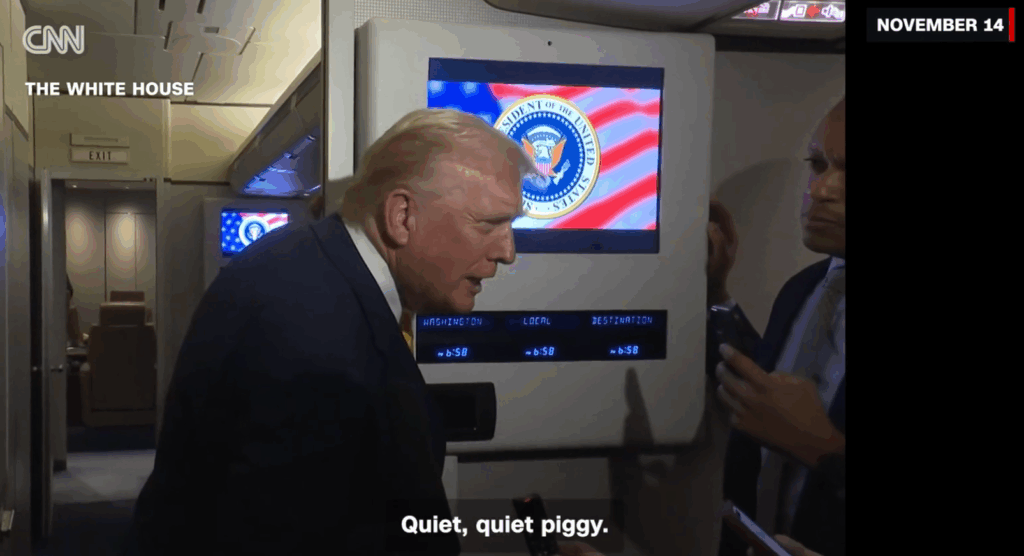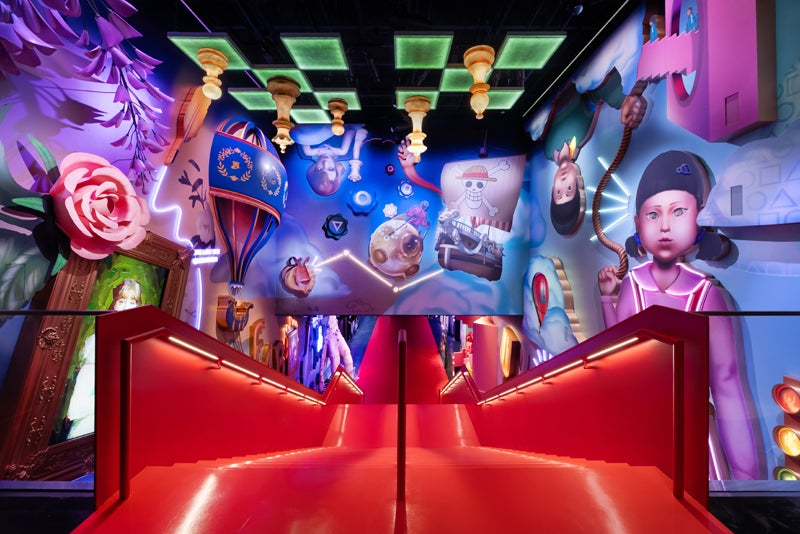Loyalty programs are getting a facelift. Load-to-card mobile and the digital coupon format have nearly quintupled in the past two years. Consumers, no matter their age, now expect instant validation and highly personalized offers, giving rise to revolutionary loyalty programs with unique, timely messages to meet their needs. While some brands, like Walmart, have pivoted by investing more resources into a digital strategy, many other brands haven’t caught on, and as a result, are losing out on consumer acquisition and engagement.
 Before revamping any loyalty program, internal teams should agree on its unique value proposition, the core behaviors of the audience and key metrics. But as brands continue to transition loyalty programs from supplemental consumer engagement tools to integral pillars of marketing efforts, using the right technology will ultimately affect how brands achieve a new level of sophistication. To do so, brands must consider options like putting aside resources for stronger data analytics programs, investing in localization or the ability to digitally validate offers anytime, anywhere. No matter which strategy a brand chooses to adopt, creating a truly convenient and personal program for the customer is ultimately achieved by knowing which of the latest technology solutions to apply. Here’s what brands should know when it comes to relevant technologies and building strong but flexible loyalty programs.
Before revamping any loyalty program, internal teams should agree on its unique value proposition, the core behaviors of the audience and key metrics. But as brands continue to transition loyalty programs from supplemental consumer engagement tools to integral pillars of marketing efforts, using the right technology will ultimately affect how brands achieve a new level of sophistication. To do so, brands must consider options like putting aside resources for stronger data analytics programs, investing in localization or the ability to digitally validate offers anytime, anywhere. No matter which strategy a brand chooses to adopt, creating a truly convenient and personal program for the customer is ultimately achieved by knowing which of the latest technology solutions to apply. Here’s what brands should know when it comes to relevant technologies and building strong but flexible loyalty programs.
Beyond Data Analytics
When it comes to loyalty, there should never be a “one-size-fits-all” perspective. A brand that caters to 30-somethings who play sports and a brand that targets 30-somethings who play music may need entirely different loyalty solutions based on differences in interests, hobbies and motivators. Here, prioritizing a more advanced data analytics program can help identify the nuanced differences between groups. Consumers across industries value rewards in different ways, so brands can start by gleaning data that reveal behaviors such as items viewed, actions taken, time spent on page and purchase history. Understanding how long your customers have been with you is also smart, as offers can be tailored to whether you’re sustaining a strong relationship or forging a new one.
Bring on the Beacon
Beacon technology and geolocation capabilities are tools that offer incredible potential in creative loyalty initiatives, based on where a brand might access a user, but also where a user might access a deal. Receiving relevant offers in a loyalty program while passing by a favorite store or restaurant remains a huge incentive to start or continue engaging with the brand. For example, surprising local users with unexpected discounts or flash sale offers to get them in-store not only increases awareness and appreciation for the brand, but puts them directly on the path to purchase as well. Remember when ShopKick’s iBeacons brought in almost $1 billion for its retail partners last year? Since we’ve seen success with beacon tech in the past, it will likely continue to prove its worth, and is particularly important considering users spend more time on their mobile devices while shopping than ever before.
Money Talks
Financially oriented applications like Apple Pay, Android Pay, Chase Pay and MasterPass should be on brands’ radars, because it’s arguably this kind of technology that has the most potential for providing less friction to purchase validation and incented offers in the realm of loyalty programs. Investment app Acorns invites beginning investors to deposit spare change into an account. Its Found Money initiative allows brands to reward customers with money not into pockets, but into future investments by using the app. The Acorns collaboration is just one example of how much innovation and creativity can be achieved in a loyalty program by simply introducing stronger, fully supported mobile and digital applications.
Automated Intelligence
Tech-enforced loyalty programs will allow brands to see what couldn’t be accomplished before. Real time offers and automated surprise-and-delight capabilities will allow for a brand to reward loyal customers through automation without possible delays caused by human error or intervention.
Throughout 2016, loyalty programs will continue to feature technologies with powerful multichannel integrations. Loyalty programs will become more creative, service-oriented and all-encompassing, expanding to include, for example, more automated hotel check-ins, airline flight reminder texts, or virtual fitting room experiences. These offerings allow for more varied ways to engage with consumers, and ultimately enhances personalized experiences. As long as new technologies are constantly in play, brands can continue to upgrade their loyalty strategies.
Russell Zack, senior vice president, products & solutions at HelloWorld. He can be reached at Russell.Zack@helloworld.com.



